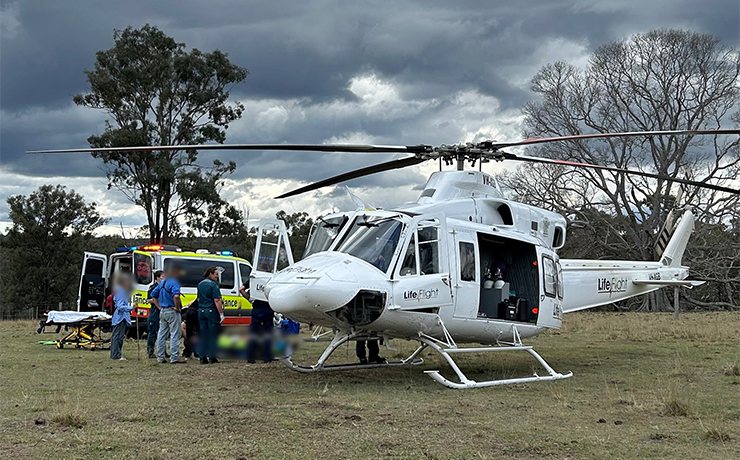
October 8, 2015
A Climate Council report claims the price, quality and seasonality of Australia’s food is increasingly being affected by climate change, and future food security is under threat.
The “Feeding a Hungry Nation: Climate Change, Food and Farming in Australia” report says Australia’s food supply chain is highly exposed to disruption from increasing extreme weather events driven by climate change with farmers already struggling to cope with more frequent and intense droughts and changing weather patterns.
The Climate Council’s Professor Lesley Hughes said Australia’s agricultural competitiveness in many markets would be challenged by a warming climate and changing weather patterns.
“Australia is one of the most vulnerable developed countries in the world to climate change impacts,” she said.
“This is already posing very significant challenges to food production. Food prices will continue to go up, the quality of food could be compromised and the seasonality of food could change as the climate continues to warm and weather patterns become more unpredictable.”
The report also found:
- Climate change impacts are already being observed in many of Australia’s favourite foods, including rice, lamb, milk, beef, stone fruits and wine grapes.
- Climate change is projected to worsen drought conditions with severe implications for farmers and food prices.
- Climate change is affecting the quality and seasonal availability of many foods in Australia. Up to 70 per cent of Australia’s wine-growing regions with a Mediterranean climate (including iconic locations such as the Barossa Valley and Margaret River) are becoming less suitable for grape growing with higher temperatures causing earlier ripening and reduced grape quality.
- More frequent and intense heatwaves are already affecting food prices in Australia. Food prices during the 2005-2007 drought increased at twice the rate of the Consumer Price Index (CPI) with fresh fruit and vegetables the worst hit, increasing 43 per cent and 33 per cent respectively. Cyclone Larry destroyed 90 per cent of the North Queensland banana crop in 2006, affecting supply for nine months and increasing prices by 500 per cent.
Climate Council Chief Councillor Prof Tim Flannery said there was no room for complacency in planning for future food security.
“Large parts of Australia are currently in drought, including a record 80 per cent of Queensland,” he said.
“We are watching the realities of a warming world unfold before our eyes and the impacts on everyday Australian households as food prices and food availability become more volatile and affect the economies and social fabric of those communities that rely on agricultural production.
“Australian farmers have demonstrated great resilience in the face of harsh physical and social challenges. But if the present rate of climate change continues, there will be many challenges to which adaptation is simply not possible.”
- External link: The Climate Council report























